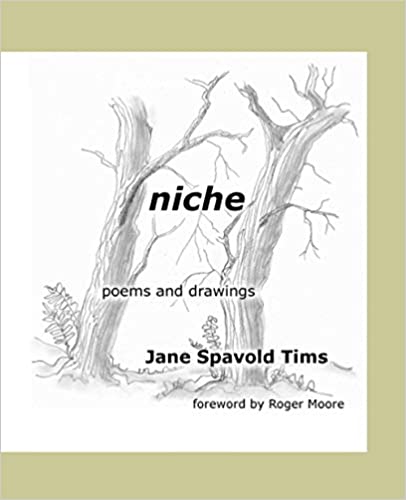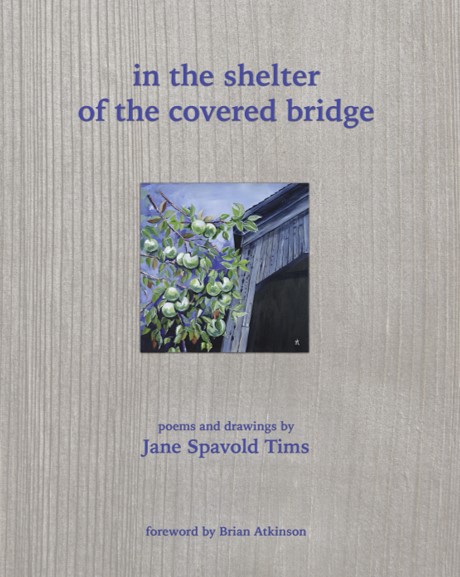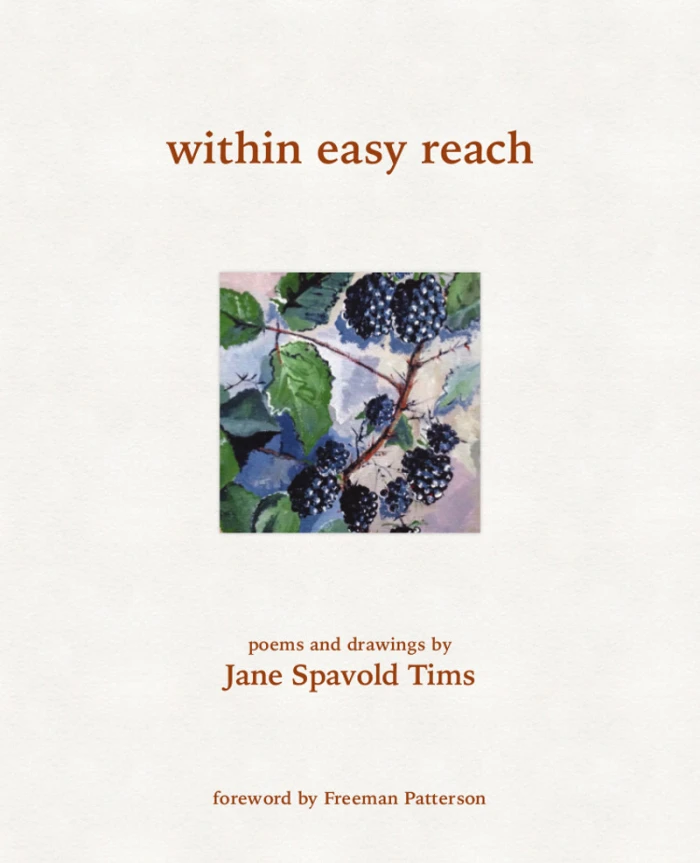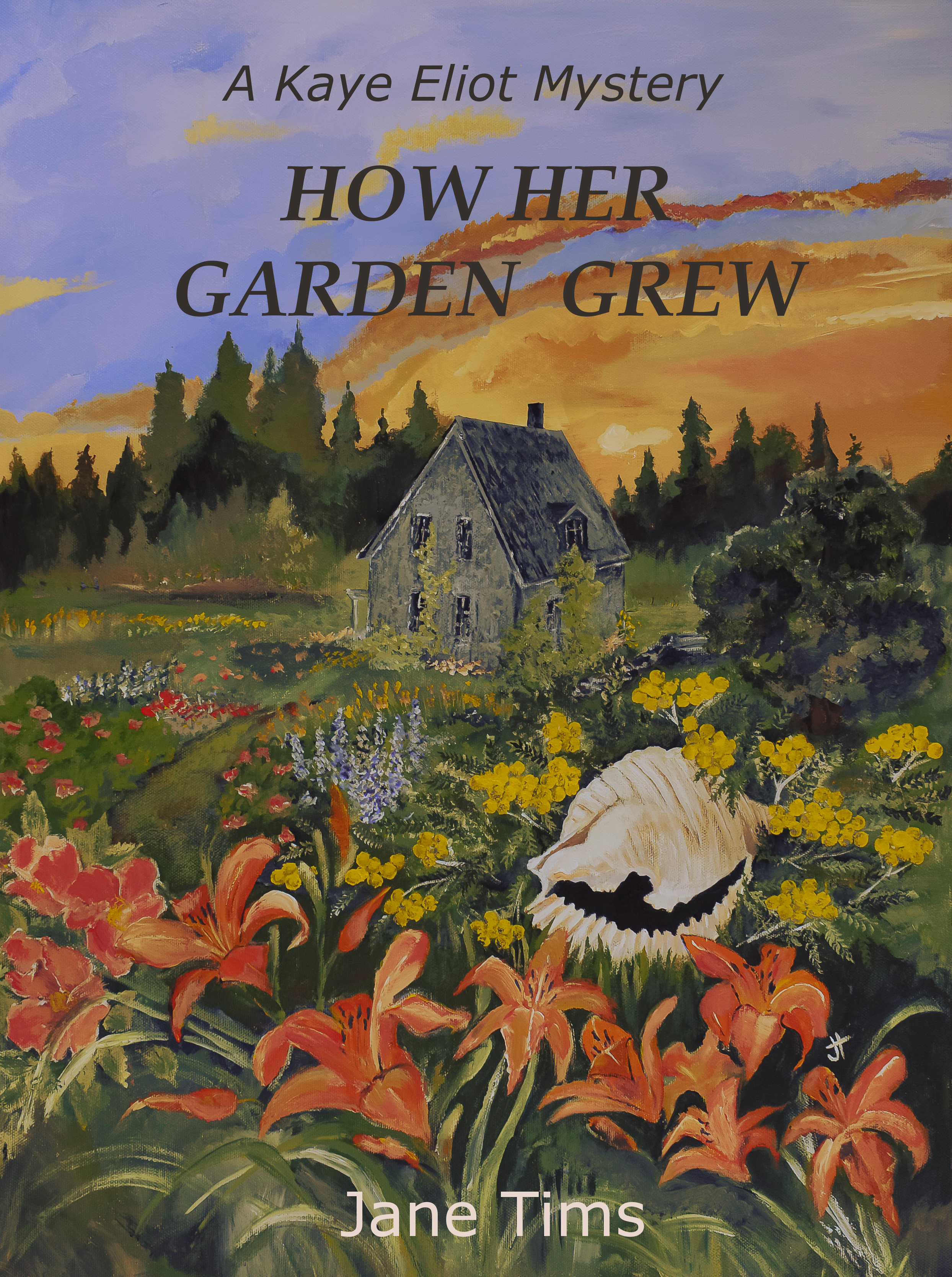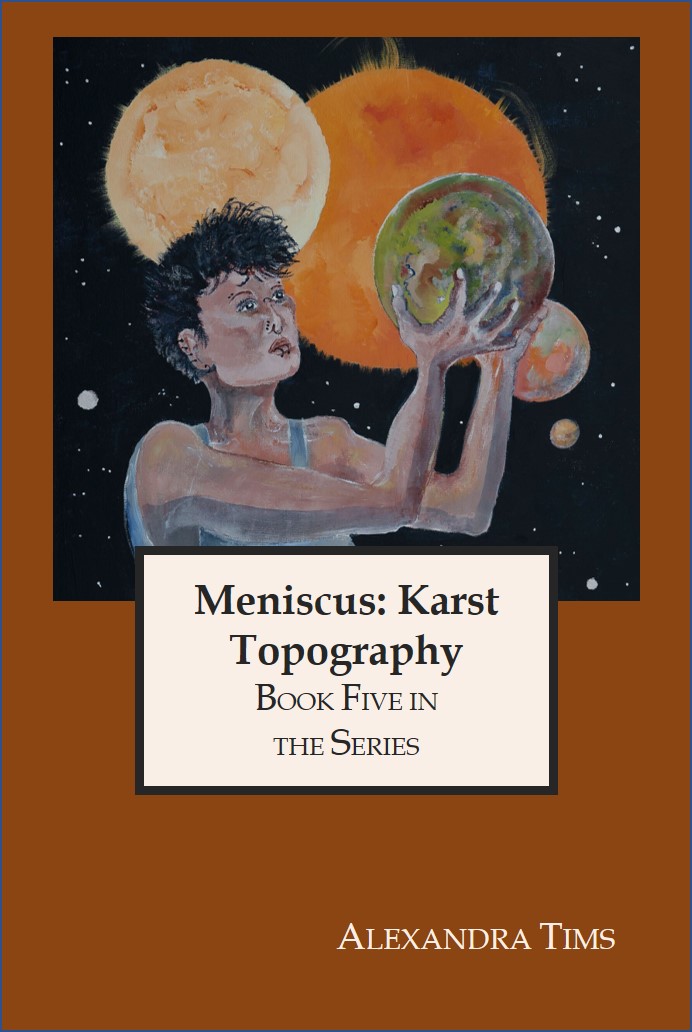Archive for July 2021
taking an art course
I trying to add some diversity to my day, so I am taking a course from Domestika: A Meditative Approach to Botanical Illustration. I have been through the introductory videos and last evening, I began the drawing exercises. Where I am, I have no scanner or camera, but I will use some photos and drawings from past excursions to illustrate what I have to say.
_

_
The first lesson is to observe simple shapes in the plant you want to draw. The instructor uses cacti for his subject matter. I am using water lilies of various types. I usually draw with pencil, so this is the first time I have used pen. I am a ‘maker of mistakes,’ so the eraser does a lot of work when I sit down to draw. Using pen sounds a bit intimidating, but I will prevail.
~

~
The simple shapes associated with the water lily are the elongated outlines of flower petals, and the deeply-notched spherical outlines of the various leaves. For my drawings I chose Nuphar lutea, Nymphaea odorata, and Nuphar microphylla, all species found in New Brunswick.
~

~
The above is a crude copy ‘by finger’ of one of the drawings I did, this one of Nymphaea odorata, showing the basic shapes.
The next lesson is a more accurate representation of the plant.
I am feeling that you have to go backwards to move forwards. We will see.
~
All my best
Jane
wildflowers in the ditches
The season certainly flies by! This week I am noticing the flowers in the ditches. Daisies, bedstraw, vipers bugloss, sweet clover, yarrow and so on. Today I am curious about a white flower occurring in soft low mounds along the highway. Bladderwort campion or maidenstears.
~

~
Bladderwort campion, Silene vulgaris, is a kind of faerie-tale flower, because of its bladders, small enough to be used by the faerie-folk to transport their drink. The alternate name ‘maidenstears,’ is also fanciful. The flowers are white, sticking above the top of a red-veined bladder. Reminds me of newly-bought vegetables poking above a grocery store paper bag.
~

~
The bladder is made of fused sepals. The flower has five petals, each deeply divided into two lobes. Bladderwort campion is common, found in ditches, meadows and other waste places.
~

~
Scanning the ditches for new plants is a habit I developed in my early days as a botanist. Even now I keep a list, in my head, of the plants I see as we drive along any road. A pleasant pass time for summer!
~
All my best,
Jane
drawings of waterfalls
For me, a waterfall is the most beautiful expression of water on the landscape. The feeling of water droplets on your face, the sound of splashing water, the sight of sunlight on fast-moving water. I have tried to capture these in my collection of waterfall poems a glimpse of water fall. The book includes forty-four poems and twenty-three pencil drawings of waterfalls and other water scenes.
~

~
We have many beautiful waterfalls here in New Brunswick. Over the years I have visited quite a few. In New Brunswick, we are lucky to have two great resources for lovers of waterfalls: a great guide by Nicholas Guitard (Waterfalls of New Brunswick: A Guide, now in its Second Edition, Goose Lane Publications), and a very active Facebook Group – Waterfalls of New Brunswick.
~

~
My poetry book about waterfalls, ‘a glimpse of water fall,’ is now available from Westminster Books in Fredericton and from Amazon (click here). Enjoy!
~

~
All my best,
Jane
northern bush honeysuckle
There are always surprises waiting for me in our lane. Today, it was a wild plant I haven’t seen for a while, although it is quite common. The name ‘lonicera’ popped into my head, because it brings true honeysuckle to mind.
~

~
This plant is Diervilla lonicera, northern bush honeysuckle. It is a low-growing native shrub with opposite leaves that turn red in fall. The flowers are honeysuckle-like: each flower is a yellow tube with 5 lobes, 5 extended stamens and a single pistil. Fertilized flowers take on a reddish tinge. The plant provides browse for moose and deer, nesting habitat for birds and nectar for bumblebees.
~

~
The flowers have a sweet scent and are persistent once established. I can look forward to many years of bush honeysuckle in our lane.
~

Keep your eyes open for new plants you may see!
All my best,
Jane



